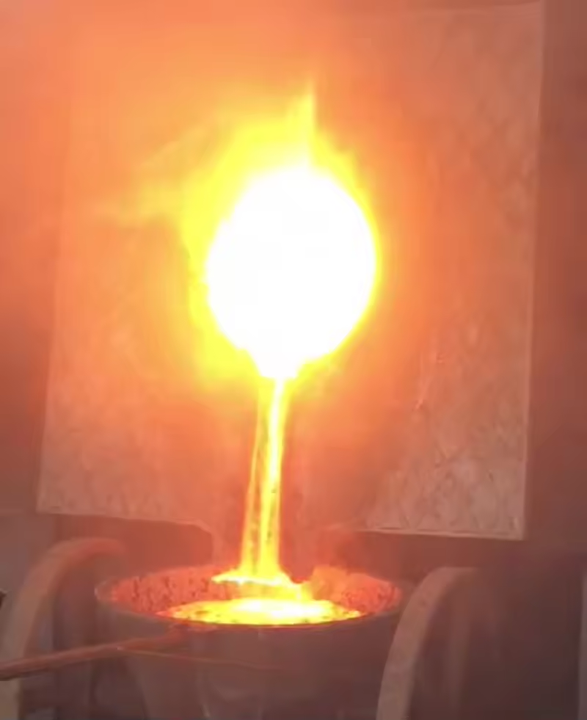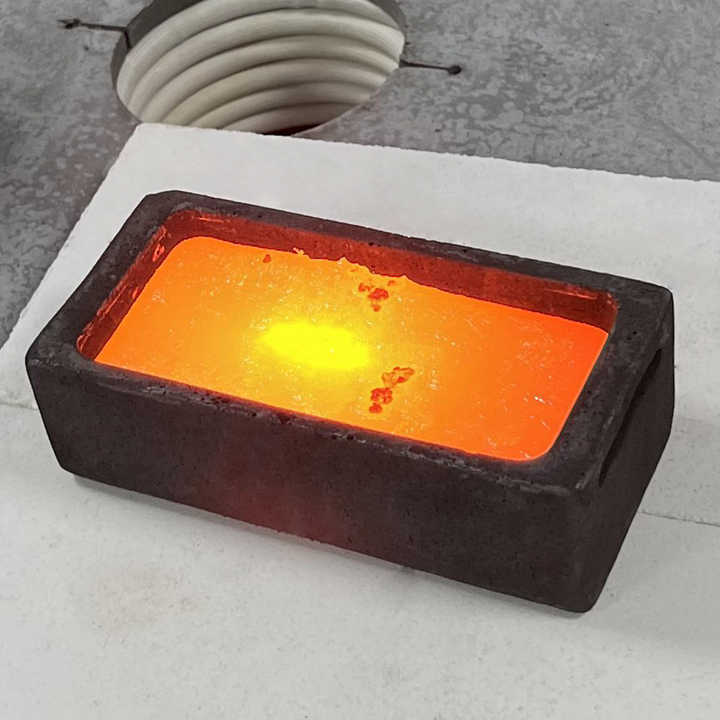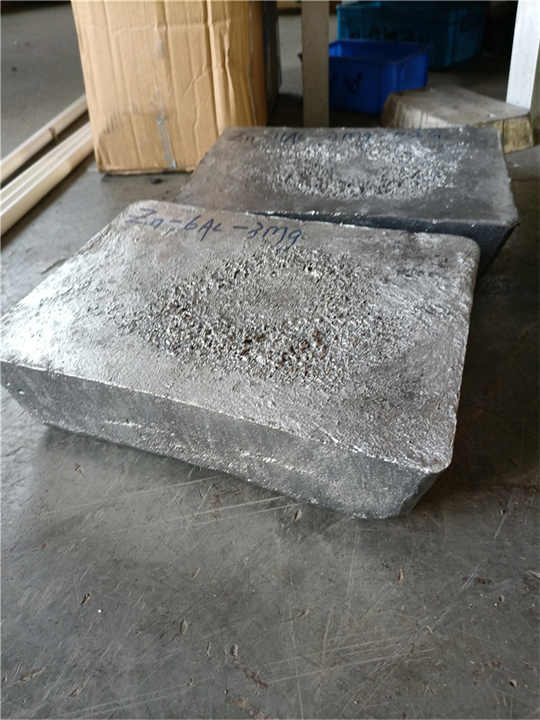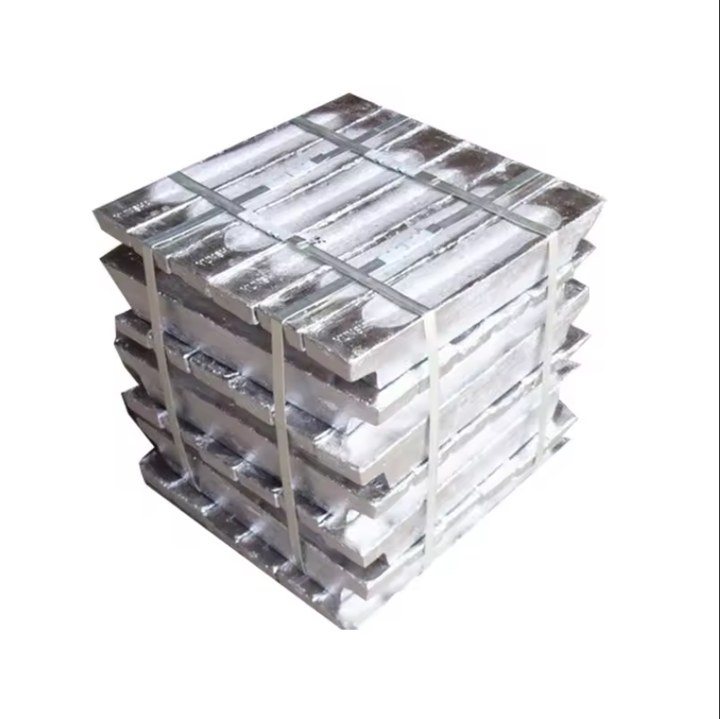mexican silver smelting plants in the 1900


Mexican Silver Smelting Plants in the 1900s A Glimpse into the Past
In the early 1900s, Mexican silver smelting plants played a critical role in the country’s booming mining industry. Mexico had long been a global leader in silver production, and during this period, the demand for silver was higher than ever, driving significant advancements in both mining and smelting technology. The smelting plants of the 1900s were pivotal in refining large quantities of raw silver ore, converting it into usable and highly sought-after silver bullion.
The Growth of Silver Mining in Mexico
By the start of the 20th century, Mexico had already established itself as one of the top silver producers in the world, a status it had held since colonial times. The mining industry in Mexico thrived due to the country’s vast natural reserves of silver, particularly in regions like Zacatecas, Chihuahua, and Guanajuato. These areas had rich veins of silver, which had been mined for centuries, but the late 1800s and early 1900s saw a dramatic increase in production due to new technological advancements in mining and smelting.
Technological Advancements in Smelting
The silver smelting plants in Mexico in the 1900s adopted a variety of methods to improve the efficiency of their operations. The most common process used at the time was the Patio process, which had been invented in Mexico in the 16th century and was still widely used in the early 1900s. This method involved crushing the silver ore and mixing it with mercury to separate the silver from the ore. However, with the industrial revolution and the advent of modern metallurgy, more advanced methods, such as roasting and the cyanide process, began to replace older techniques.
- Roasting and Smelting: This method involved heating the ore to high temperatures in large furnaces. The silver would separate from other metals and impurities during the roasting process. This technique became popular in Mexican silver smelting plants in the 1900s as it allowed for better yields and higher purity silver.
- Cyanide Process: Developed in the late 1800s, the cyanide process became one of the most significant advancements in silver refining. It involved dissolving silver ore in a cyanide solution, which allowed for easier extraction of the silver. This process was adopted by many smelting plants in Mexico and was highly efficient in processing lower-grade ores.
- Blast Furnaces: Another key advancement during this period was the use of blast furnaces in Mexican smelting plants. These furnaces allowed for greater control over the smelting process and produced higher-quality silver. Blast furnaces could reach the extreme temperatures necessary for smelting silver ore and other metals like lead and zinc, which were often found alongside silver.


Key Mexican Silver Smelting Regions in the 1900s
Several regions in Mexico were known for their prolific silver smelting operations in the early 20th century. Some of the key areas included:
- Zacatecas: One of the oldest and richest silver mining regions in Mexico, Zacatecas was home to some of the largest and most advanced smelting plants of the era. These plants were critical in refining the vast amounts of silver ore extracted from the local mines.
- Chihuahua: Known for its extensive mining operations, Chihuahua’s smelting plants were crucial in processing silver, as well as other metals like lead and copper, which were often mined alongside silver.
- Guanajuato: This region had been a center for silver mining since the colonial era. By the 1900s, its smelting plants were equipped with more modern technologies, helping Mexico maintain its position as the world’s leading silver producer.
Labor and Economic Impact
The silver smelting industry in Mexico was labor-intensive, employing thousands of workers in both mining and smelting operations. These plants provided steady employment for many communities in rural areas and contributed significantly to the local and national economy. However, working conditions were often harsh, with long hours and exposure to dangerous chemicals like mercury and cyanide, which posed health risks to the workers.
The Mexican Revolution, which began in 1910, had a significant impact on the mining and smelting industries. Political instability and conflict disrupted silver production for several years, leading to a decline in output. Many smelting plants were forced to shut down or operate at reduced capacity during the revolution. However, by the 1920s, the industry began to recover, and Mexican silver smelting plants resumed their role as key players in the global silver market.
Environmental and Social Challenges
While the silver smelting plants of the 1900s contributed to Mexico’s economic growth, they also had a significant environmental impact. The smelting process released harmful chemicals, including sulfur dioxide and mercury, into the air and water, leading to pollution and health issues for nearby communities. This was a common issue for industrial smelting operations worldwide during this time, as environmental regulations were either weak or non-existent.
Additionally, the use of mercury in the Patio process posed serious health risks to workers, many of whom suffered from mercury poisoning due to prolonged exposure. As the 20th century progressed, awareness of these dangers grew, and alternative refining methods began to replace mercury-based processes.
Legacy of Mexican Silver Smelting Plants
The silver smelting plants of the early 1900s laid the foundation for Mexico’s continued dominance in the global silver market. The advancements in smelting technology during this time allowed for greater efficiency and higher yields, ensuring that Mexico remained one of the top producers of silver throughout the 20th century and beyond.
Today, modern silver smelting plants in Mexico still benefit from the innovations and infrastructure developed during the early 1900s. While the methods have evolved, the legacy of these early smelting operations remains an integral part of Mexico’s mining history and its position as a global leader in silver production.
Mexican silver smelting plants in the 1900s were at the heart of the country’s booming mining industry. Through advancements in technology and refining processes, these plants transformed raw silver ore into high-quality silver, meeting the growing global demand. Despite challenges such as labor conditions and environmental impact, the legacy of these smelting plants continues to influence Mexico’s silver production today, making them a critical part of the nation’s industrial history.















